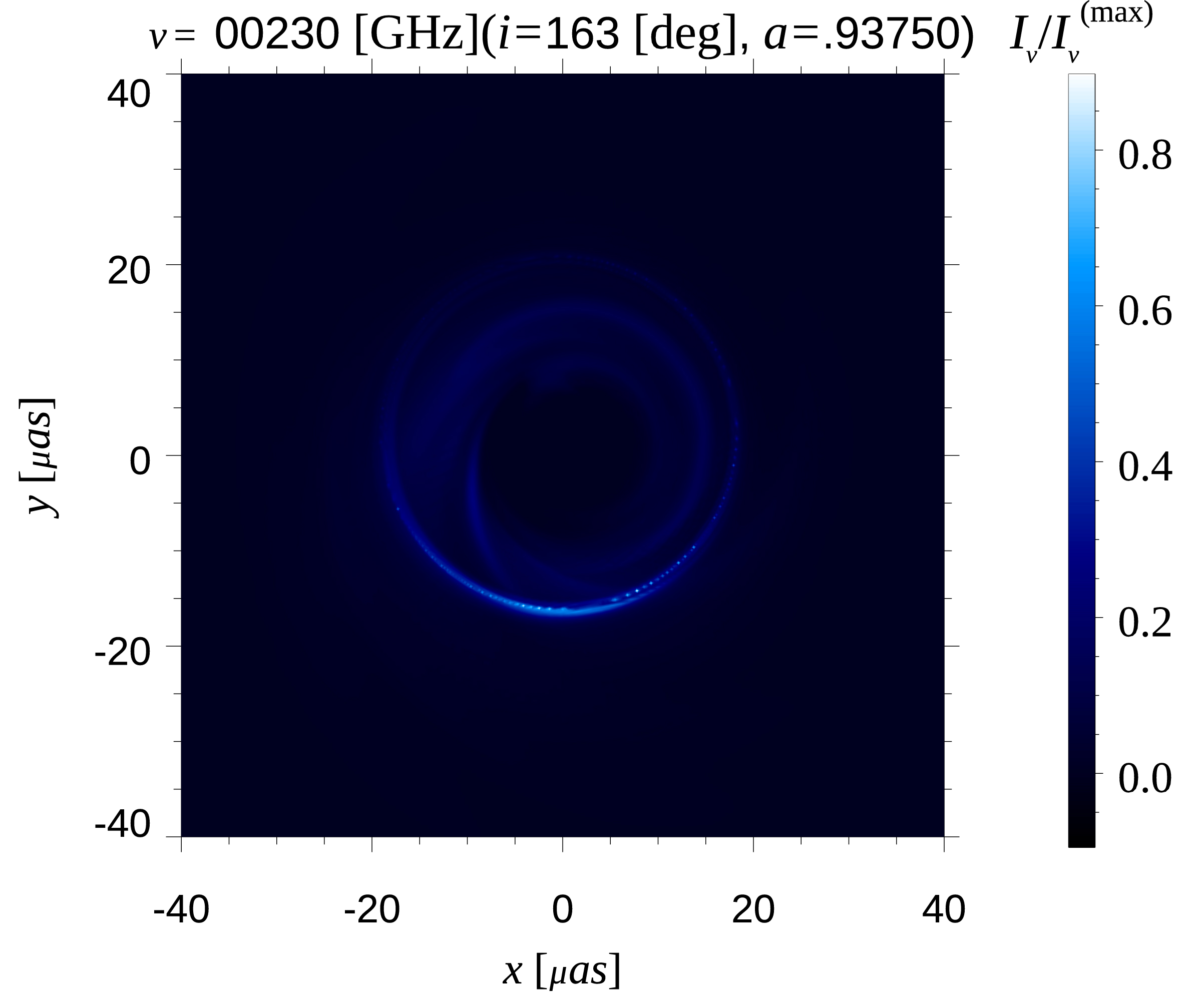Research Projects
Study of black hole spacetime and high-energy phenomena through direct comparison of theory and observation
How are black hole accretion disks, jets, and disk winds observed? Can the observations be explained? The purpose of this project is to investigate the space-time structure of black holes and high-energy phenomena in strong gravitational fields by comparing theory and observation.
On the one hand, models constructed by theoretical calculations can only be validated by reproducing observed results. On the other hand, the meaning of the observed data can be revealed only by comparing them with theoretical calculations. Direct comparison between theory and observation is essential for the development of astrophysics. With many new observatories arin operation or in progress, including the Event Horizon Telescope, which successfully imaged a giant black hole, direct comparison of theory and observation is becoming ever more important.
This is where radiative transfer calculations come into play. Radiative transfer calculations for black holes take into account fundamental physical processes including photon production and absorption by high-temperature plasmas, Compton scattering/backward Compton scattering, ray bending and frequency changes caused by general relativistic effects, etc. By theoretically generating multi-wavelength images and radiation spectra and directly comparing them with observed data, we can verify theoretical models and reveal the space-time structure of black holes and high-energy phenomena associated with black holes.

Fig. 1 Black Hole Shadows from General Relativistic Radiative Transfer Calculations. Provided by Tomohisa Kawashima.


 和 英
和 英